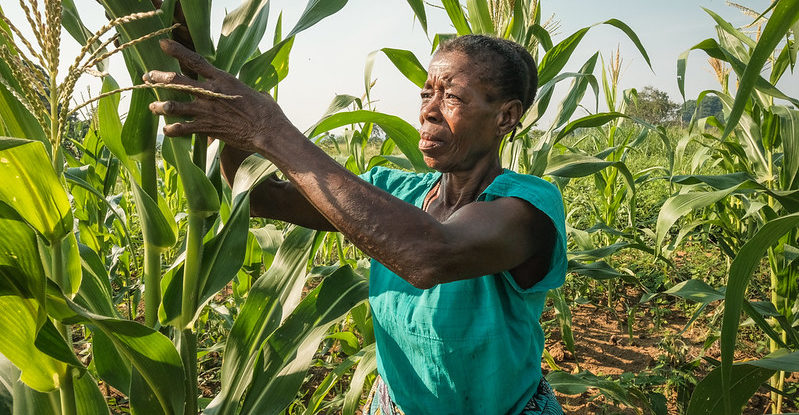
The emergence of the coronavirus has put the world on the brink of a major famine, according to the World Food Programme (WFP), which says food insecurity is expected to almost double this year to 265 million people.
Already, more than 820 million people do not get enough food to eat, and another 135 million people face acute hunger or starvation. Add to that, the economic destabilization caused by COVID-19, and another 130 million people are at risk of starvation by the end of 2020, the U.N. agency says.
If we don’t prepare and act now – to secure access, avoid funding shortfalls and disruptions to trade – we could be facing multiple famines of biblical proportions within a short few months, said David Beasley, WFP executive director, in an address to the U.N. Security Council.
“The actions we take will determine our success, or failure, in building sustainable food systems as the basis of stable and peaceful societies,” he said, urging a united front to ensure the COVID-19 pandemic does not become a humanitarian and food crisis catastrophe.
With this dire warning in mind, on June 3, the CGIAR Forests, Trees and Agroforestry Research Program (FTA) and partners will host two sessions at the Global Landscapes Forum (GLF), a two-day online conference where delegates will discuss the potential for sustainable food security in both the short and the long term through related research.
Pre-COVID-19 studies by FTA scientists and researchers have already shown that forests, trees and agroforestry systems are significant contributors to sustainable food security and nutrition, producing such micronutrient-rich foods as fruit and nuts, while providing habitats for protein-rich animals and fish. The often interdependent ecosystems also play a role in regulating water, maintaining soil fertility and conservation, pollination and temperature regulation.
These factors will be under discussion in the first FTA session, which will highlight the contributions of forests trees and agroforestry to food security and nutrition.
FTA research findings take on heightened importance under the shadow of COVID-19 and the potential risks the virus poses to food security, food systems and their stability. In the first session at GLF, their ability to shore up vulnerable food systems, and the fact that this substantial contribution goes largely unacknowledged and unrecognized by policymakers will be in focus.
The second session will look at these concerns through the lens of COVID-19. Participants will reflect on some of the specific responses required to increase the resilience of farming systems, value chains and livelihoods amid crisis.
FTA Director Vincent Gitz will introduce the first session on forests, trees and agroforestry and food systems and livelihoods resilience.
Other speakers will include: Francois Ruf with the French Agricultural Research Centre for International Development (CIRAD) who will speak about the impact of COVID-19 on the cocoa value chain in the Ivory Coast; Houria Djoudi will speak on trees for resilience in the Sahel; Clement Okia from World Agroforestry (ICRAF) will speak about trees for refugees; Fergus Sinclair from ICRAF will speak on the potential of agroecology to increase the resilience of food systems; Alice Muchugi with ICRAF will speak on the role of genetic resources for resilience; Jens Peter Barnekow Lilles with the University of Copenhagen will speak on seed and seedling systems in Ethiopia; and Julia Wolf with the U.N. Food and Agriculture Organization will speak about using the NAP process to increase resilience of food systems with trees.
It will feature a mix of short presentations, videos, interventions from actors on the ground, panel discussions and questions and answers with the audience.
We want you to share Forests News content, which is licensed under Creative Commons Attribution-NonCommercial-ShareAlike 4.0 International (CC BY-NC-SA 4.0). This means you are free to redistribute our material for non-commercial purposes. All we ask is that you give Forests News appropriate credit and link to the original Forests News content, indicate if changes were made, and distribute your contributions under the same Creative Commons license. You must notify Forests News if you repost, reprint or reuse our materials by contacting forestsnews@cifor-icraf.org.